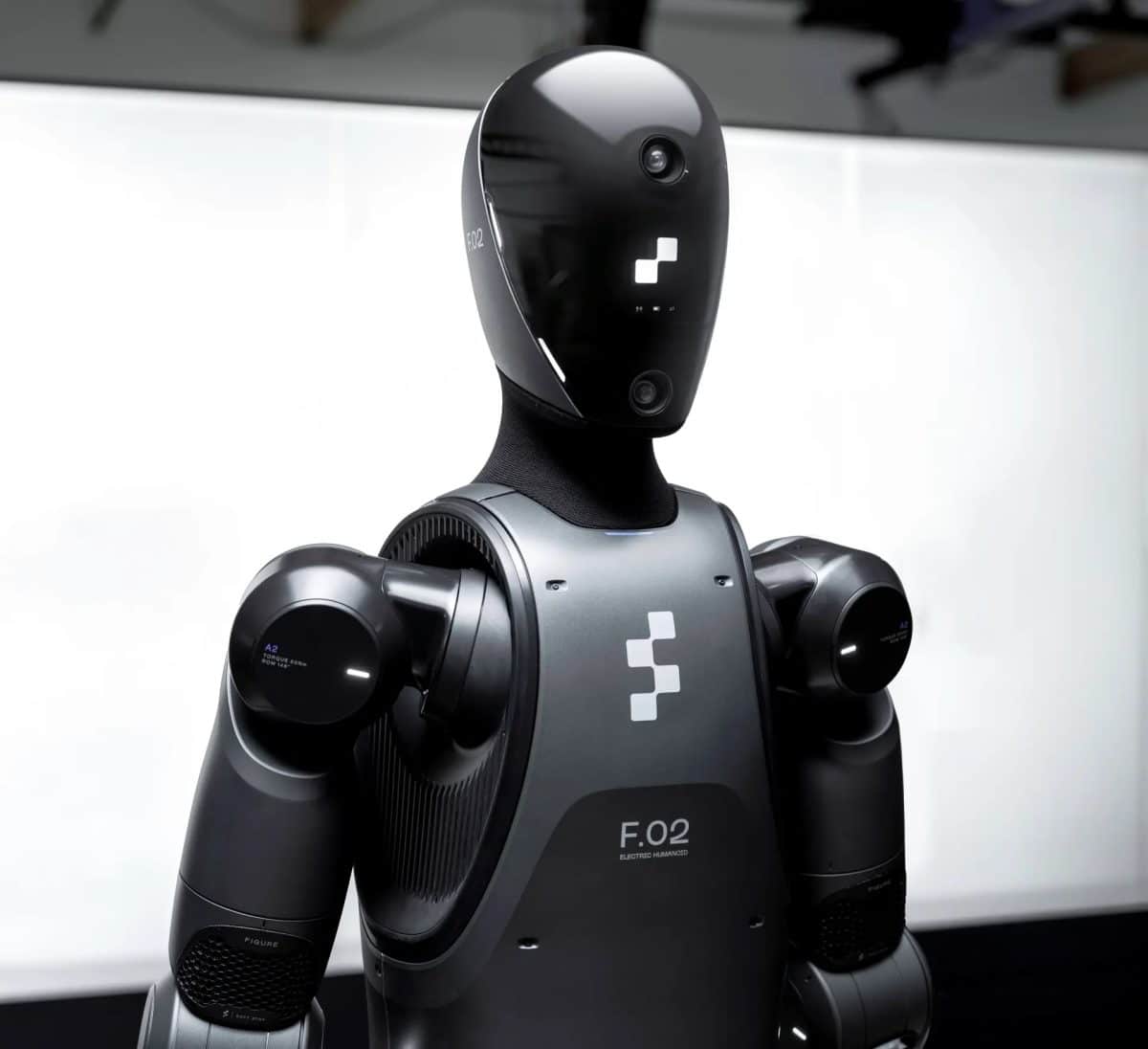
Robots’ arms started falling off due to drive load
Company Figure AI completed nearly year-long tests of humanoid robots Figure 02 at a real BMW plant. The robots worked Monday through Friday in 10-hour shifts.
Since January this year, 5th generation robots worked on a real assembly line, performing the operation of inserting sheet metal blanks into welding fixtures for BMW X3 body. During operation, a park of several robots helped assemble over 30 thousand cars. Processing over 90 thousand parts through their hands and walking about 320 km through the shop.
For each operation of installing a blank for welding, one robot took 84 seconds. Operation execution accuracy with 5-millimeter tolerance exceeded 99%. During the experiment, robots worked over 1250 hours in harsh industrial conditions.
And then problems began. Frequent breaks of forearms started due to load on cables and manipulator drives. Arms literally started falling off.
But company Figure AI proudly showed scratched bodies, palms and other body parts of robots that replaced humans in one of the uncomfortable manual operations.
And made the decision to retire the entire park of Figure 02 generation models. Essentially sending the robots to retirement. And started planned transition to the next generation of models. Figure 03.
It turns out, overall tests showed that even first generations of humanoids can work in real factory conditions.
